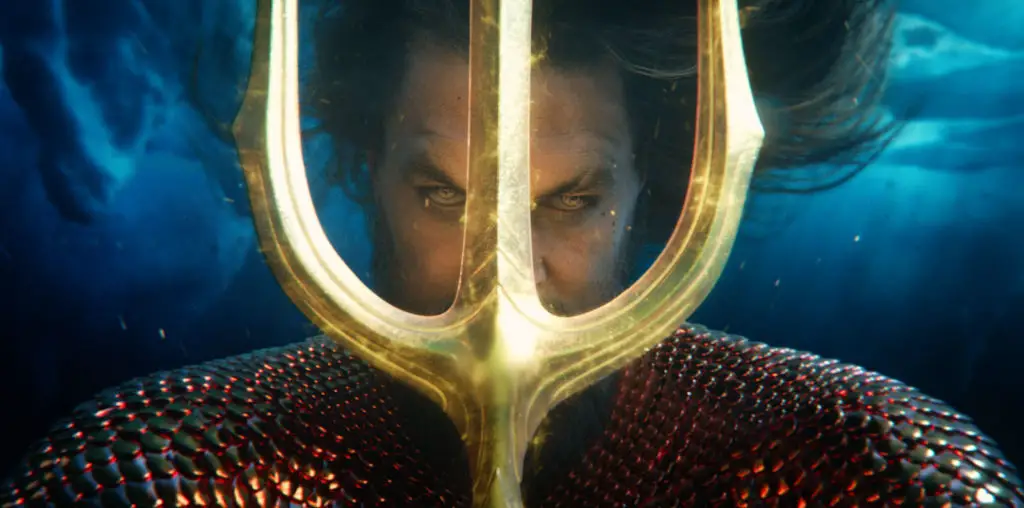
The audiences at the Grand Theatre Lumiere in Cannes were excited and relieved to discover that George Lucas found some of his old magic for the final installment of his epic saga, “Star Wars: Episode III – Revenge of the Sith.” After two films of awkward dialogue and unfocused narrative, Lucas has made the prequel trilogy worthwhile and reminded us why “Star Wars” is so exciting. In “Revenge of the Sith,” the political aspect is actually engaging, the characters have arcs leading to emotional impact, the action scenes are impressive and the much-hated Jar Jar Binks doesn’t have a single line—in fact, he merely shows up in one shot to remind us he’s still alive.
The third movie of the new trilogy, of course, has to lead into the original “Star Wars,” now subtitled “Episode IV: A New Hope,” as the talented Jedi knight Anakin Skywalker falls into the dark side of the force and becomes Darth Vader with the help of suggestions from Senator Palpatine, who will use his scheming politics to take over the galactic senate with the help of the dark side of the Force. The impending tragedy haunts the film’s characters since everyone—including those living in caves—knows that these people won’t be able to come out of their situations undamaged.
While some of the writing, most noticeably the relationship between Anakin and Princess Padmé (Natalie Portman), now his secret wife, could still use some work, the scenes are brief and the movie is so loaded with action and exciting visuals that it doesn’t drag things down. And the repartee between Anakin (Hayden Christensen) and his master Obi Wan (Ewan McGregor) is amusing.
The movie premiered Sunday night, with speakers blasting a recording of James Earl Jones’s heavy Darth Vader breath and highlights from John Williams’s score while a sea of fans, some in costume, eagerly screamed for the stars on the red carpet and desperately begged for invitations outside the theater.
While many noted that this year’s festival didn’t have any hot-topic political films like Michael Moore’s Palme d’Or winner Fahrenheit 9/11, you wouldn’t know it from the “Star Wars” press conference earlier that day in the palais. The war in Iraq came up in several of the questions, partly because the general practice of many of the journalists at the conference is to ask the question they planned on asking regardless of whether somebody already asked it. One questioner said that when he saw the film at Skywalker ranch, younger people saw similarities to Iraq in the saga’s war of political maneuvering, but older people like himself recollected Vietnam.
Lucas made no mystery of his disapproving opinion of the war, but felt that the story could be applied to many points in history, as he originally conceived the story during the Vietnam era. “Iraq didn’t exist. We were just funding Saddam Hussein and giving him weapons of mass destruction,” Lucas said. He added that the parallels between Vietnam and Iraq were amazing.
Lucas said that he looked at the Roman Empire, Germany before Hitler’s rise, and other points in history to answer his question, “How does a democracy turn itself into a dictatorship?” He added that the film might awaken people in modern times to this potential danger.
The other, more obvious question of this episode is how a good person turns evil, and “Sith” creates an interesting portrait of a misguided young man trying to make things turn out right, but is overcome by arrogance and lies. The study of both the individual and the government are intelligent and honest, without oversimplifying the divide between good and evil.
While Lucas didn’t make the film to change minds about Iraq, he does have an agenda pushing digital projection, and the presentation at Cannes revealed that the best digital has to offer still isn’t as good at the colors and details of film, but I suppose it has potential for small films that can’t afford a great deal of prints. I’ve seen two digitally projected works at the festival, and was distracted at times by the picture quality of both, although in the case of “Star Wars” this could be attributed to the decision to shoot digital. A work like “Revenge of the Sith” that was shot digital to begin with doesn’t really lose anything in the process, making the format ideal for computer-animated material.
Digital moviemaking with CG locations is still best suited to more stylized efforts like Sin City, screening at the festival in a couple days, and Sky Captain and the World of Tomorrow, and I didn’t always buy the marrying of characters to their environment, perhaps due to some flaws with skin tone that always seem to pop up in digitally shot material. But the technique offers limitless possibilities to low-budget filmmakers. Even if Lucas may not win his attempt at complete digital conversion, he has reminded us of his remarkable imagination with the digital locations. And it’s about time things got exciting again in that galaxy far, far away.
Film Threat’s 2005 Cannes Film Festival coverage continues throughout the week!
Check out Jeremy’s previous report>>>
Visit the Cannes Film Festival website.
